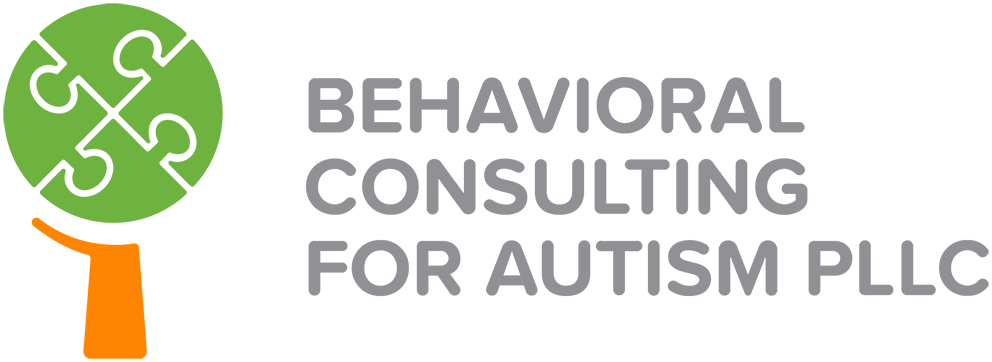The Power of Positive Reinforcement in ABA

Hi again! Today, we are going to delve into one of the core principles of Applied Behavior Analysis (ABA): positive reinforcement. Understanding and effectively using positive reinforcement can make a significant difference in promoting desired behaviors and reducing challenging ones. In this post , we'll explain what positive reinforcement is, how it is used in ABA, and how you can apply it at home to support your child's development.
What is Positive Reinforcement?
Positive reinforcement is the process of increasing the likelihood of a behavior by following it with a motivating stimulus. In simpler terms, it means rewarding a behavior to encourage it to happen more often. For example, if a person receives praise for completing a task, they are more likely to repeat the behavior in the future. Much like a child receiving a gold star on a homework assignment.
How Positive Reinforcement is Used in ABA
- Identifying Reinforcers: The first step is to identify what motivates the individual. This can be anything the child finds rewarding, such as praise, toys, games, or special activities. Each child is unique, so it's important to find what works best for them.
- Delivering Reinforcement: Positive reinforcement should be delivered immediately after the desired behavior occurs. This helps the child make the connection between their behavior and the reward.
- Consistency: Consistent reinforcement of desired behaviors is crucial for establishing and maintaining new skills. Over time, the frequency of reinforcement can be gradually reduced as the behavior becomes more ingrained.
- Variety of Reinforcers: Using a variety of reinforcers can prevent the child from becoming bored and losing interest. Mixing up rewards keeps the child engaged and motivated.
Benefits of Positive Reinforcement
- Increases Desired Behaviors: Positive reinforcement is highly effective in increasing the frequency of desired behaviors. By focusing on what the child is doing right, we can encourage more of those positive behaviors.
- Builds Confidence and Self-Esteem: Receiving positive feedback and rewards helps children feel good about themselves and their abilities. This boosts their confidence and self-esteem.
- Enhances Learning: Positive reinforcement creates a supportive and encouraging learning environment. Children are more likely to try new things and persist in challenging tasks when they know their efforts will be rewarded.
- Reduces Problematic Behaviors: By reinforcing positive behaviors, we can often reduce the occurrence of challenging behaviors. When children receive attention and rewards for good behavior, they are less likely to engage in problematic actions to gain attention.
Tips for Caretakers
As parents, you can use positive reinforcement to support your child's growth and development. Here are some tips to get started:
- Praise Specific Behaviors: Be specific when praising your child. Instead of saying "Good job," say "Great job putting your toys away!" This helps the child understand exactly what behavior you are rewarding.
- Use a Variety of Rewards: Mix up the types of rewards you use, including verbal praise, stickers, extra playtime, or a favorite treat. This keeps reinforcement exciting and motivating. It's similar to having chocolate cake only once a year on your birthday-it feels special and something to look forward to. But if you had a slice of chocolate cake every single day (an impressive feat, I might add), it wouldn't feel as special on your birtday now, would it?
- Be Immediate and Consistent: Provide reinforcement as soon as possible after the desired behavior occurs, and be consistent in your reinforcement efforts.
- Set Clear Expectations: Let your child know what behaviors you are looking for and what rewards they can earn. Clear expectations help them understand what is expected and what they can achieve.
Positive reinforcement is a powerful tool that can help your child develop new skills, build confidence, and thrive.
Thank you for being a part of our journey. As always, If you have any questions or topics you'd like us to cover, please reach out to us directly at deepika@
Looking forward to covering our next topic!
Warm Regards,
Deepika
